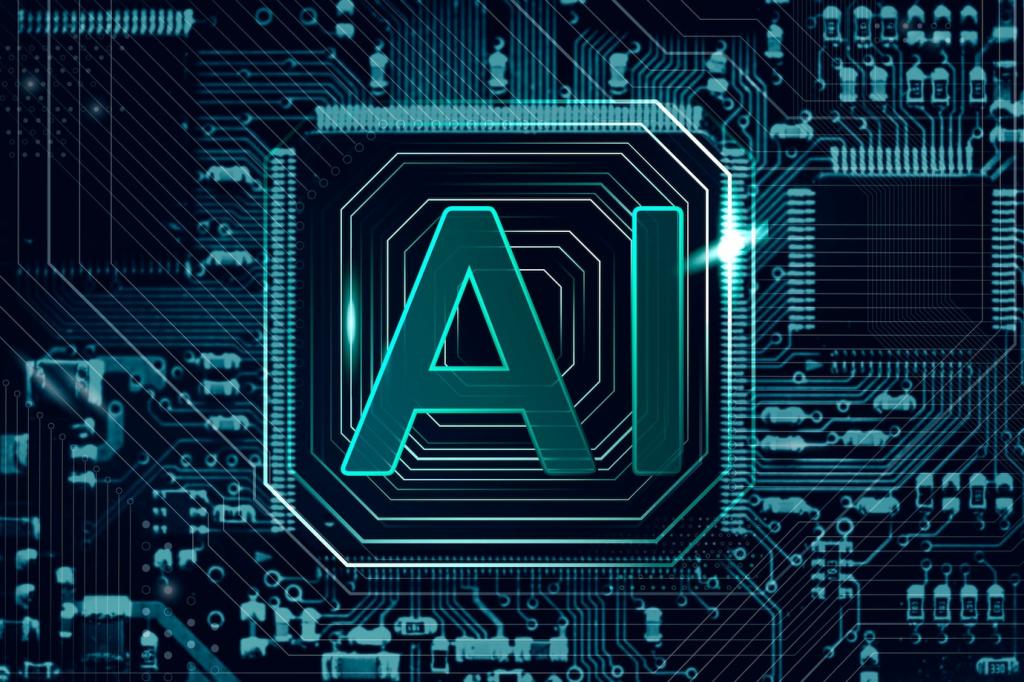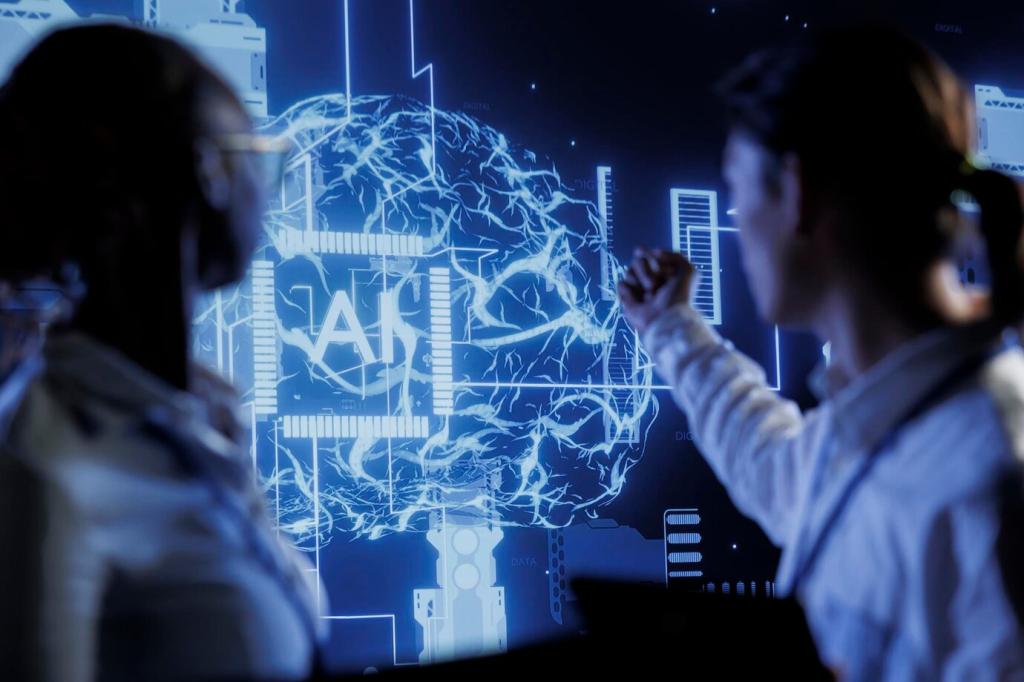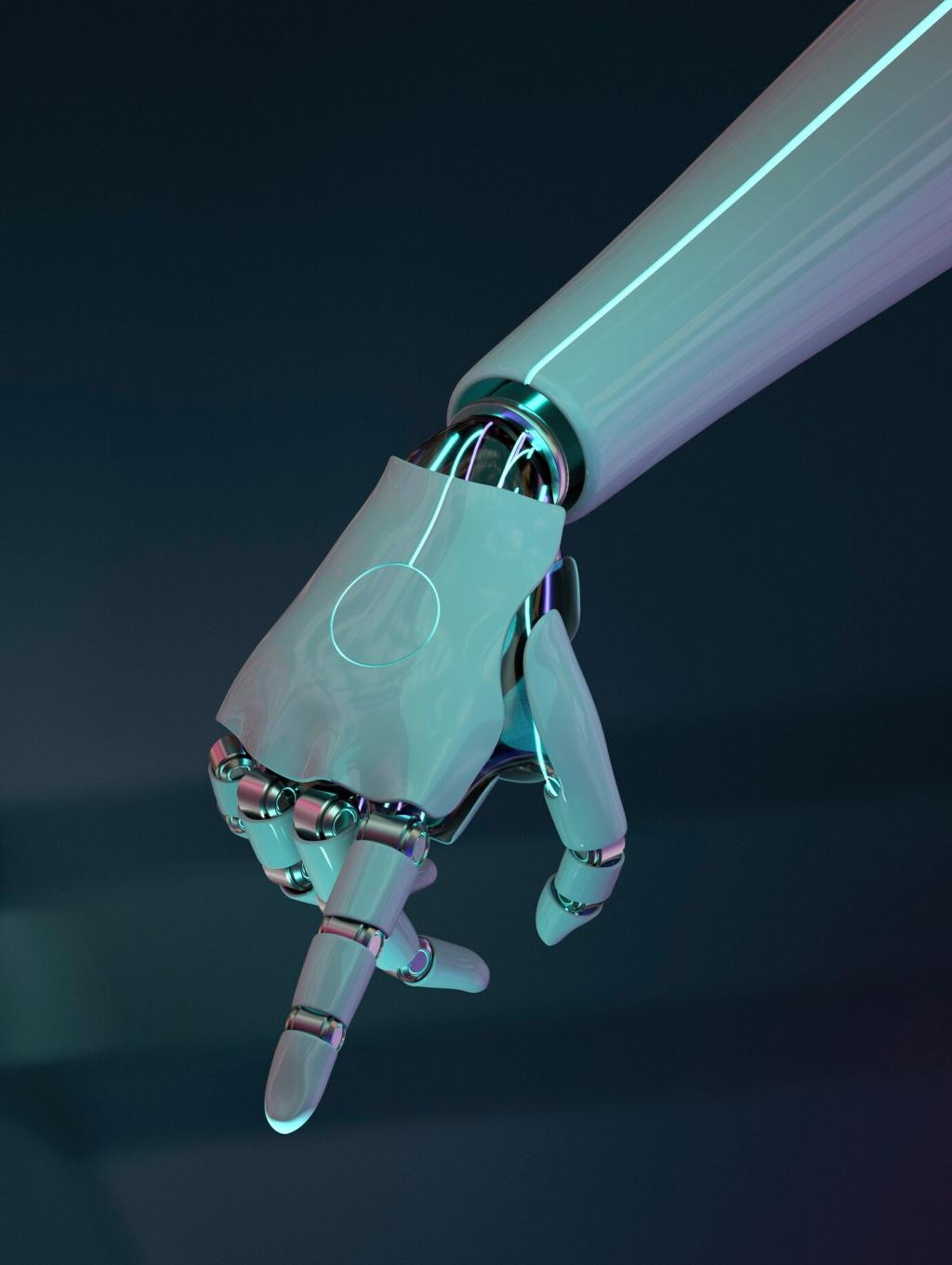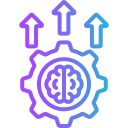Artificial Intelligence (AI) is rapidly transforming the landscape of sustainable energy development, offering innovative solutions to some of the industry’s most pressing challenges. By leveraging complex data analysis, predictive modeling, and autonomous decision-making, AI empowers energy producers, grid operators, and consumers to optimize efficiency, reduce waste, and minimize environmental impact. As the global demand for clean energy intensifies, AI serves as a vital enabler for integrating renewable sources, streamlining energy distribution, and advancing ambitious sustainability goals. The following sections explore key facets of AI’s role in building a cleaner, more resilient energy future.
AI-Driven Optimization of Renewable Energy Resources

Predictive Forecasting for Renewable Energy Generation
AI-powered algorithms process vast amounts of weather, geographic, and historical data to generate highly accurate forecasts for solar, wind, and hydropower generation. This capability allows operators to anticipate changes in energy output due to shifting weather patterns, making renewables more predictable and reliable. By refining these forecasts, AI not only supports daily grid balancing efforts but also facilitates strategic planning and investment in renewable infrastructure. The result is a more adaptable and robust grid that can harness renewables without compromising reliability or efficiency.

Dynamic Control and Maintenance of Energy Assets
Through real-time data collection and advanced analytics, AI enables dynamic monitoring and management of renewable energy assets. Sensors installed on wind turbines and solar panels relay performance metrics to AI systems, which can promptly detect inefficiencies or impending failures. These systems can then initiate predictive maintenance, optimize operational parameters, and even coordinate corrective actions autonomously. The outcome is reduced downtime, extended equipment lifespan, and lower maintenance costs, making renewable energy assets both more sustainable and economically viable.

Enhancing Integration of Distributed Energy Resources
AI streamlines the integration of decentralized renewable sources—such as rooftop solar panels and community wind arrays—into broader energy networks. By analyzing consumption patterns and generation capacities at the local level, AI can orchestrate distributed resources to match demand, manage voltage fluctuations, and ensure smooth energy delivery. This coordination improves grid stability while enabling consumers to both contribute to and benefit from sustainable energy development, paving the way for energy democratization and greater green energy adoption.
Real-Time Grid Monitoring and Fault Detection
AI algorithms continuously monitor grid infrastructure, analyzing vast streams of data from sensors, meters, and control systems. By detecting anomalies and pinpointing faults in real time, AI enables rapid response to potential issues, mitigating the risk of outages and maintaining the integrity of energy supply. This proactive approach reduces maintenance costs and enhances the longevity of grid assets, supporting the reliable delivery of clean energy to communities and industries alike.
Advanced Energy Demand Response Systems
AI facilitates sophisticated demand response strategies by analyzing consumption trends and predicting peak demand periods. It can autonomously adjust grid operations—such as triggering incentives for off-peak electricity use or temporarily curbing non-essential loads—to balance supply and demand efficiently. Such dynamic response capabilities reduce the need for expensive and polluting backup power sources while flattening peak loads, directly contributing to a lower carbon footprint and fostering a more resilient grid.
Automated Grid Optimization and Self-Healing Capabilities
Smart grids powered by AI possess self-optimizing and self-healing properties. AI systems continuously evaluate grid performance and autonomously execute adjustments to routing, load balancing, and voltage regulation. In the event of disturbances or failures, these systems can isolate affected areas and reconfigure grid pathways to maintain service. By minimizing human intervention and accelerating restoration, AI-driven smart grids bolster sustainability by improving energy efficiency, reducing resource waste, and promoting uninterrupted access to renewable power.
Previous
Next
Join our mailing list
